The new Ho Chi Minh City after merging 3 localities has 613 zoning plans; it needs to be connected and adjusted from 2 strategic aspects: Connecting traffic and technical infrastructure and connecting urban space.
Promoting the effectiveness of urban functional areas
Ho Chi Minh City Department of Construction said that 613 zoning plans have been approved, including: 513 in Ho Chi Minh City, 50 in Binh Duong, and the rest are previous plans in Ba Ria - Vung Tau .
These projects were approved before the Project to adjust the general planning of Ho Chi Minh City to 2040, with a vision to 2060. Therefore, reviewing and adjusting these zoning plans is a key task to implement the general planning, ensuring compliance with the boundaries of 168 new wards and communes and promoting the effectiveness of urban functional areas.
According to the Law on Urban and Rural Planning, previously approved master plans are still valid and serve as the basis for making lower-level plans. After merging with Binh Duong and Ba Ria - Vung Tau, Ho Chi Minh City will make city planning and master planning within the new administrative boundaries.
The Ho Chi Minh City Department of Construction stated that previous master plans have basically met the socio -economic development requirements of each locality. The Ho Chi Minh City master plan to 2040 also takes into account regional connectivity. Therefore, the Ho Chi Minh City master plan after the merger will inherit the foundation from existing plans, while adding breakthrough contents based on the specific strengths of each region to create a common development momentum.
To connect and adjust the planning in a unified whole, the Ho Chi Minh City Department of Construction proposes to focus on two strategic aspects. The first is traffic connection and technical infrastructure. This is not only to increase the number of roads but also to synchronize the public transport network and inter-regional transit. The merger of localities also requires connecting and improving the capacity of important technical infrastructure hubs such as power supply, water supply and drainage, waste treatment, etc.
The next aspect is urban spatial connectivity. It is necessary to restructure functional areas into a unified space, including adjacent urban areas, industrial networks, research and training centers, healthcare, sports, and river and seaport systems, forming a unified entity, promoting the combined strength of the entire expanded city.
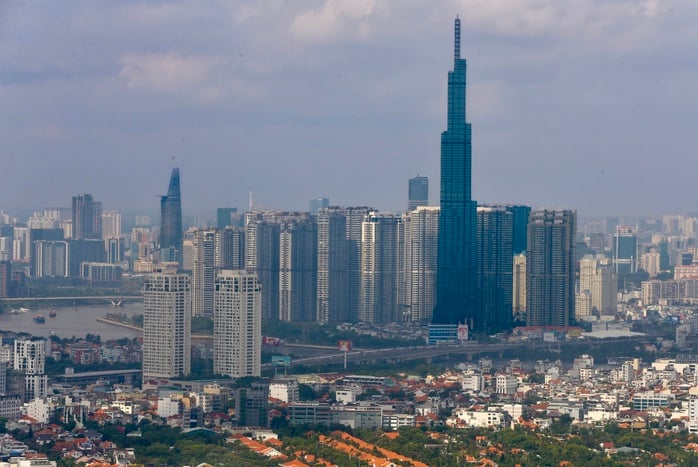
Six strategies for going international
According to the Ho Chi Minh City Institute for Development Studies, the planning of a new city based on the merger of Ho Chi Minh City, Binh Duong and Ba Ria - Vung Tau is urgent to build a megacity of international stature. To ensure no legal disruptions affecting socio-economic development, the new planning needs to inherit and integrate the approved plans of the three localities.
The Ho Chi Minh City Institute for Development Studies has proposed six key strategies. First, restructuring development zones to promote the unique advantages of each locality in the past, avoiding internal competition and wasting resources, aiming for optimal socio-economic efficiency.
Second, create breakthrough growth drivers based on three main pillars: High-tech industry and smart manufacturing; high-quality services with the core of international finance and technology; marine economy with the center of deep-water port clusters and logistics. From there, form 5 specialized economic zones: Industrial production (concentrated in wards and communes of Binh Duong province in the past); innovation and high technology (wards: Tang Nhon Phu, Dong Hoa, Binh Duong and Nha Be commune); financial - technology center (Sai Gon ward and Thu Thiem ward); specialized industry and maritime, logistics (wards of Phu My, Tan Phuoc, Long Son); marine space and island ecology (wards of Vung Tau, Tam Thang, Phuoc Thang; communes of Phuoc Hai, Ho Tram, Can Gio and Con Dao special zone).
Third, build a marine economic strategy, focusing on removing bottlenecks in the supply chain; invest heavily in the logistics system of rivers, seaways and dry ports.
Fourth, strengthen connectivity between urban areas with synchronous transport infrastructure, prioritizing public railway networks (MRT, commuter rail) and urban development according to the TOD model.
Fifth, promote the sharing, connection, and sustainable use of common technical infrastructure works among the three previous localities.
Sixth, develop higher education and creative research, linked to urban and economic development according to the university model in the city.
Exploiting infrastructure potential
Dr. Ngo Viet Nam Son believes that when opening up new development space, Ho Chi Minh City needs to exploit infrastructure potential to develop urban areas. He proposed opening a metro line from Ho Chi Minh City to Vung Tau, and at the same time exploiting potential land along the project to develop urban areas according to the TOD model.
"This is a potential urban route in the future, with high economic efficiency. Revenue from urban development land along the route can reimburse metro construction costs. The Ho Chi Minh City and Dong Nai areas have great potential for metro development," said Dr. Ngo Viet Nam Son.
In addition, Ho Chi Minh City needs to strengthen infrastructure connectivity to reduce logistics costs. Mr. Ngo Viet Nam Son said that a bridge should be built connecting Can Gio port with Cai Mep - Thi Vai port to connect to the strategic axis of the industrial belt in the Southeast region. At the same time, develop railways to transport goods from industrial parks directly to Can Gio and Cai Mep - Thi Vai ports. Multimodal connectivity (waterway, road, highway) helps reduce logistics costs, thereby increasing the competitiveness of goods.
"We still build highways for container trucks to run, but the main cargo traffic will be by rail. This is the image in Singapore and Shenzhen - China. Trains carry dozens of containers and then load them onto ships. Reduced logistics costs are a factor that promotes the regional economy because of good prices and competition" - Dr. Ngo Viet Nam Son emphasized.
Source: https://ttbc-hcm.gov.vn/dong-bo-quy-hoach-de-tp-hcm-but-pha-1019188.html


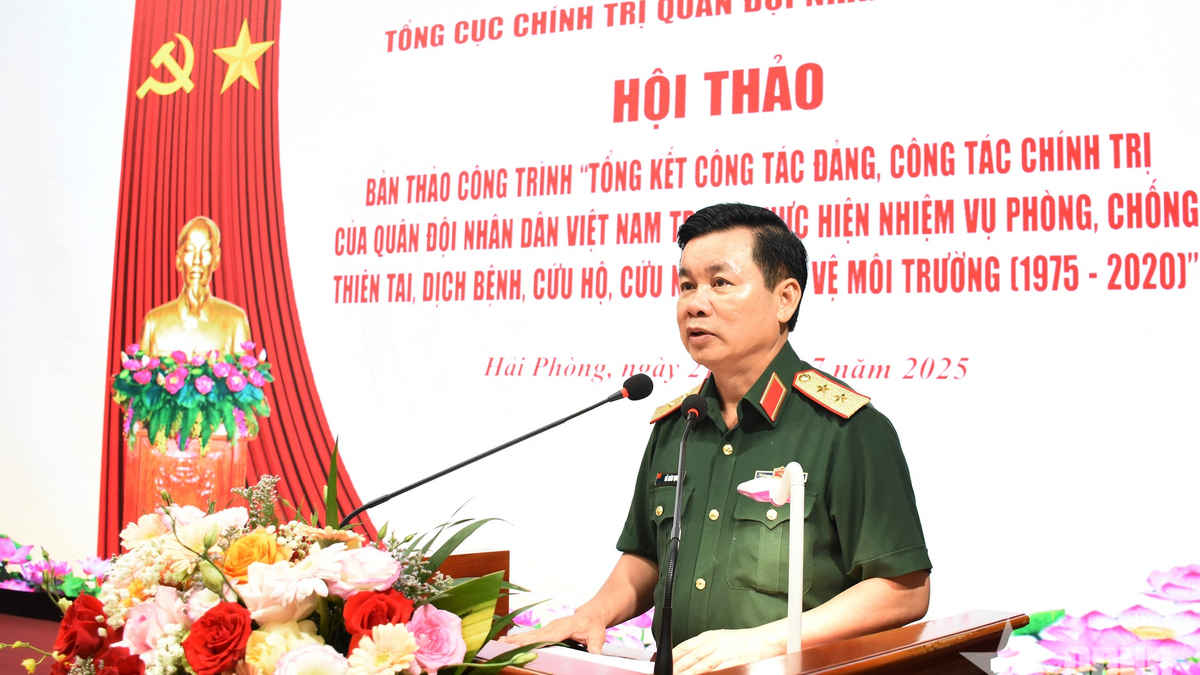
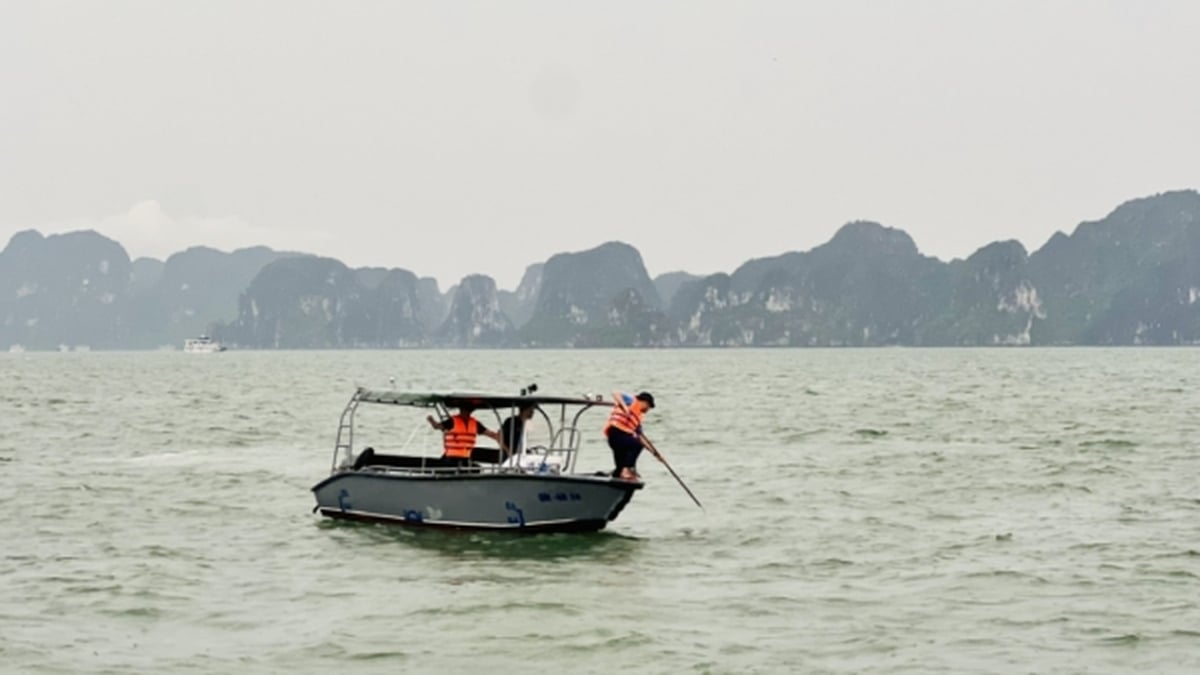

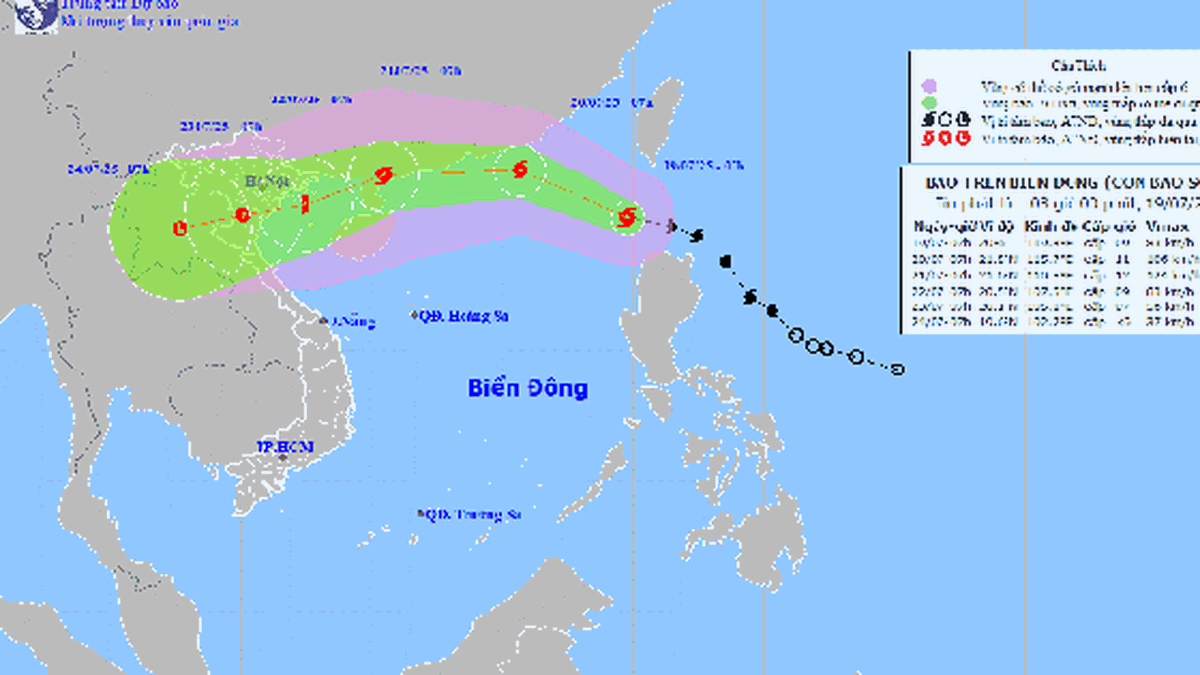

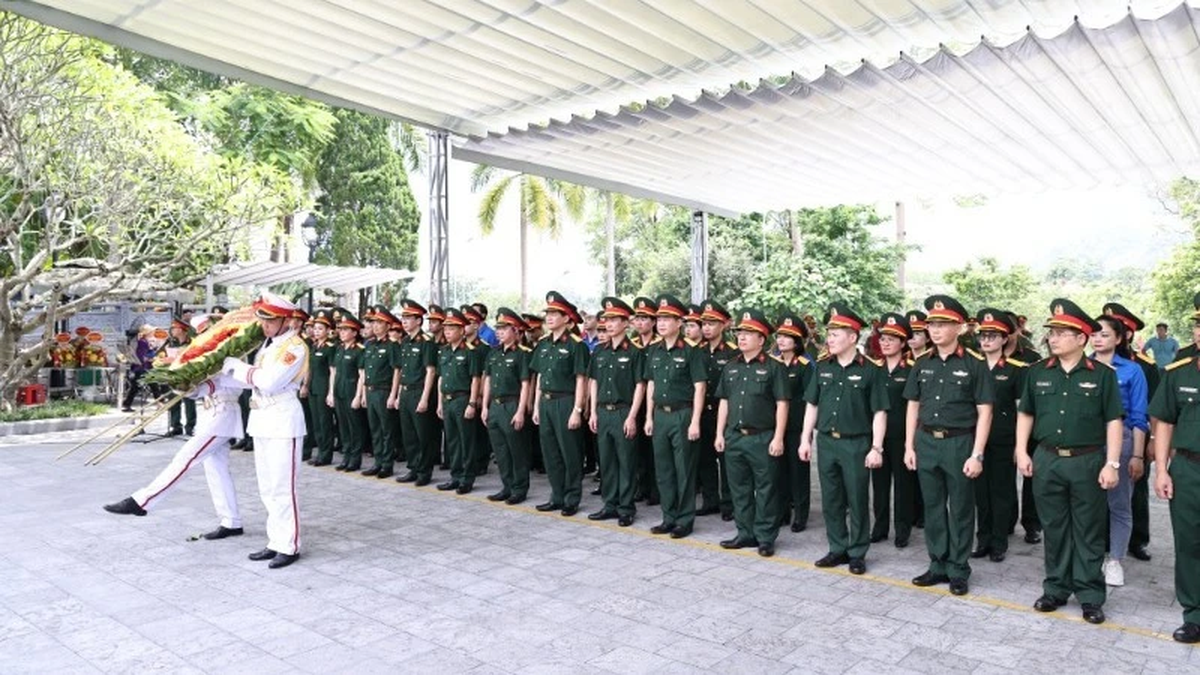
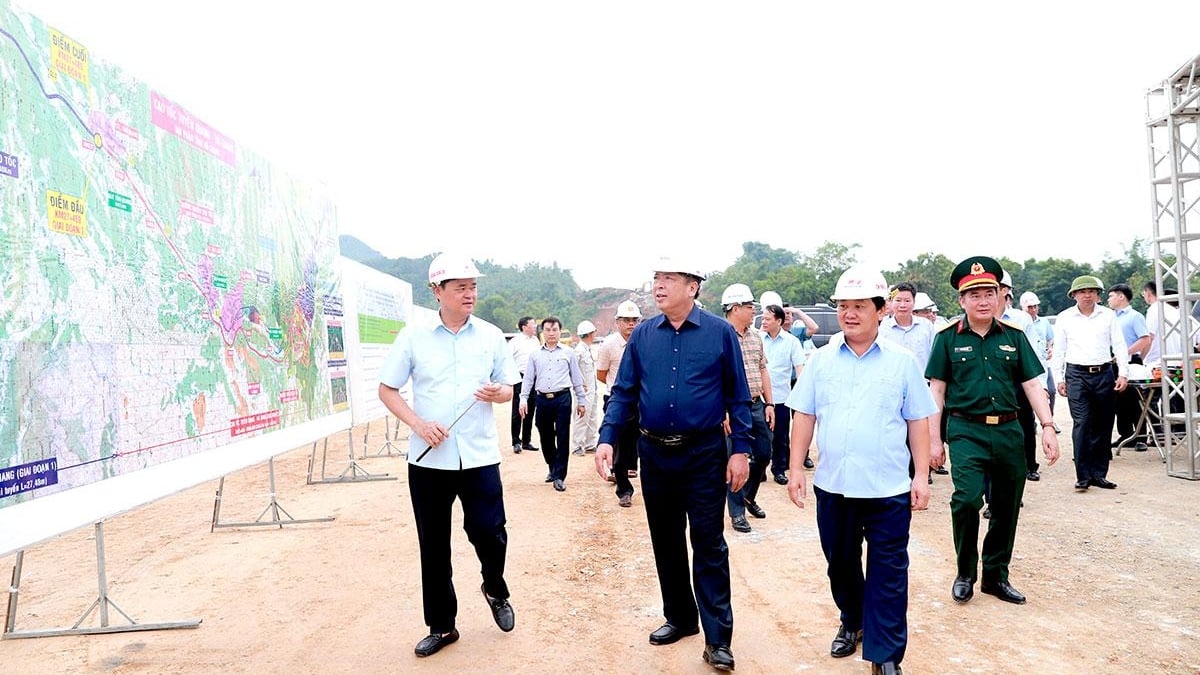

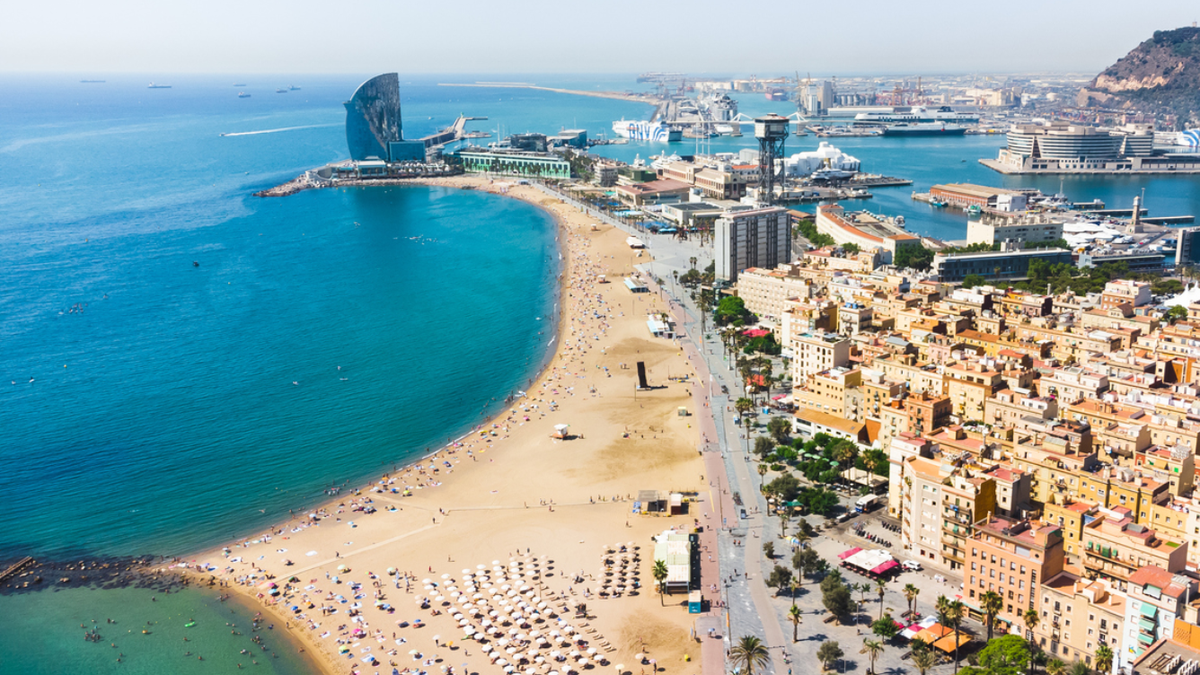
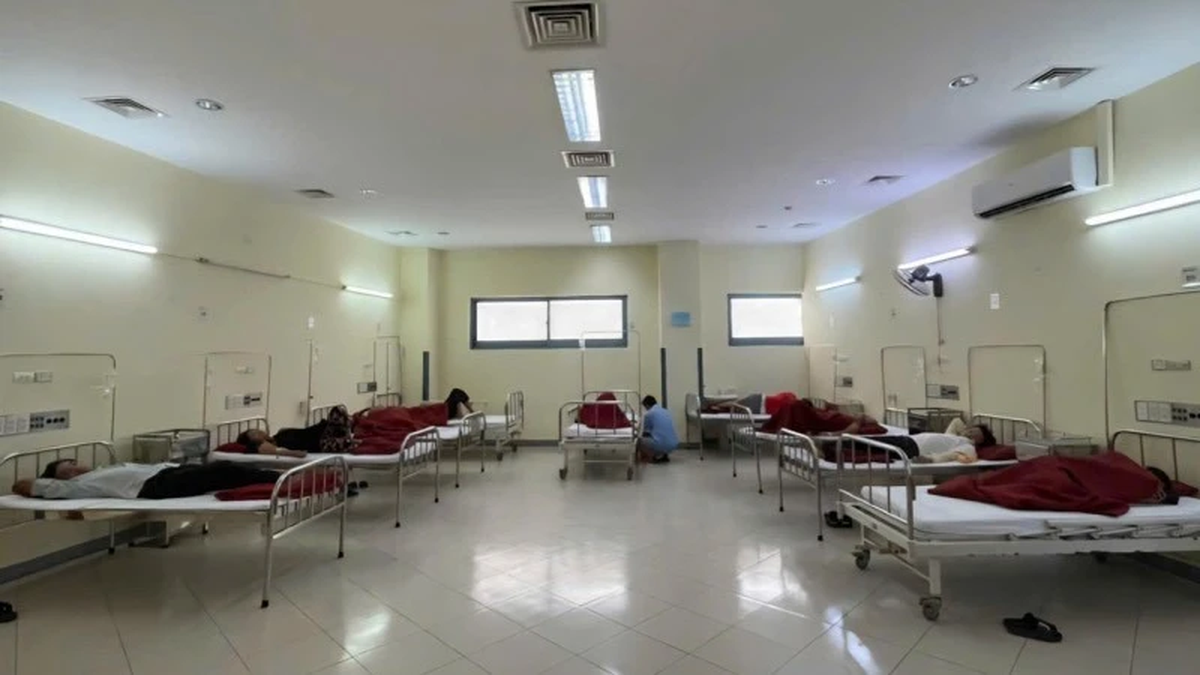















![[Photo] National Assembly Chairman Tran Thanh Man visits Vietnamese Heroic Mother Ta Thi Tran](https://vphoto.vietnam.vn/thumb/1200x675/vietnam/resource/IMAGE/2025/7/20/765c0bd057dd44ad83ab89fe0255b783)
































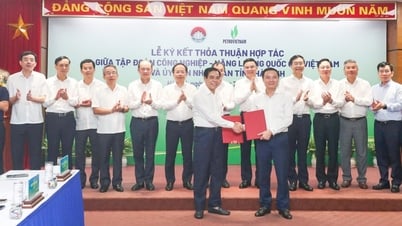


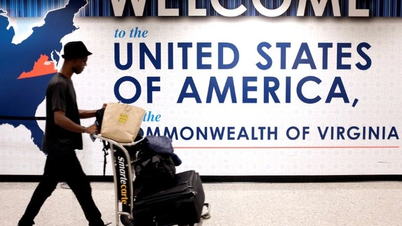


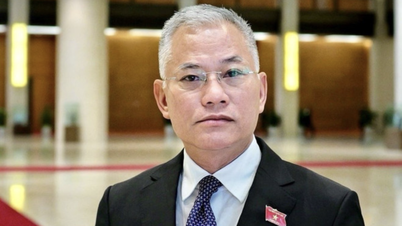

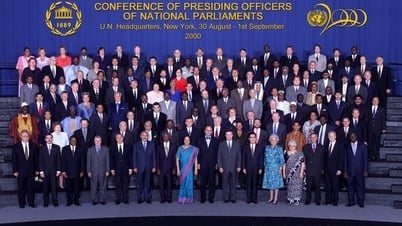
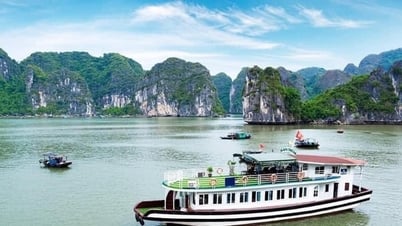


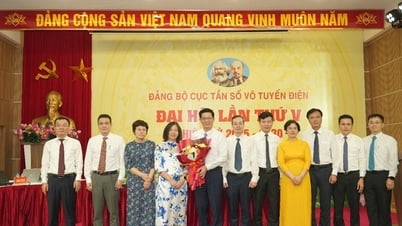

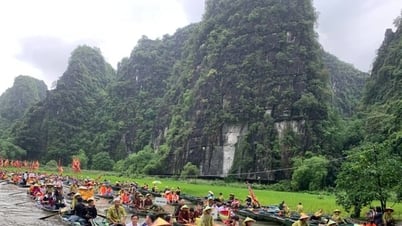























Comment (0)